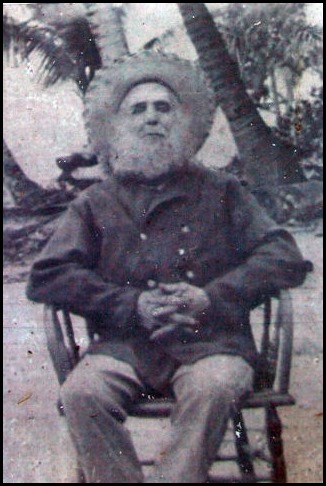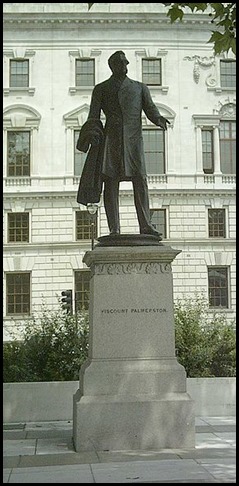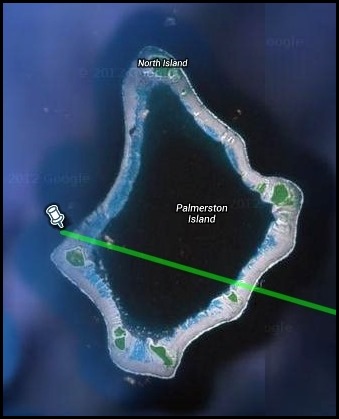Palmerston

Beez Neez now Chy Whella
Big Bear and Pepe Millard
Fri 18 Oct 2013 22:37
|
Palmerston, Cook
Islands
 A true atoll, Palmerston Island
consists of a number of sandy islets on a continuous ring of coral reef
enclosing a lagoon. The largest of the islets include Palmerston, North Island,
Lee To Us, Leicester, Primrose, Toms and Cooks. The total land area of the
islets is approximately one square mile. The coral reef covers about 3,600
acres. The lagoon is some seven miles across, covering an area of nearly twenty
two square miles. There are several small passages through the reef for boats,
though there is no safe entry for large ships. At a latitude of 18 degrees
south, Palmerston enjoys a tropical climate but is exposed to severe hurricanes.
A particularly destructive series of storms occurred during the 1920’s and
1930’s.
All the islets are wooded with
coconut palms, pandanus and native trees. There is some natural ground water on
Palmerston but water captured from rainfall is preferred for drinking. Shellfish
inhabit the reef, and fish are abundant although there are concerns about
overfishing.
 The population consists of
approximately fifty inhabitants, all descended from an Englishman named William Marsters, he arrived from Manuae in 1863, a ship's
carpenter and barrel maker. The economy is based on fishing, tourism, copra, and
bird feathers, though Palmerston’s extreme remoteness makes a cash market
difficult to maintain. Electricity and other modern utilities are available on
the island. A recently built telephone station provides the only permanent link
to the outside world and a good internet connection. The island has no airport
or regular air service, but cargo ships visit a few times a year. Like us,
yachts are asked to deliver goods from Aitutaki, boats coming from Rarotonga are
asked to bring mail and supplies.
The ancient
name of the island was supposedly Avarau, meaning “two hundred harbour
entrances.”
 History: Palmerston
was discovered by Captain Cook in 1774, but he did not land on the island until
the 13th of April 1777. He found the island uninhabited, though some ancient
graves were discovered. Cook named the island after Henry Temple, 2nd Viscount
Palmerston, then Lord of the Admiralty.
Henry Temple, 2nd Viscount Palmerston
FRS (4th of December 1739 – 16th of April 1802). He succeeded to the peerage in 1757, and was educated at Clare
College, Cambridge from 1757 to 1759. As a member
of the British House of Commons, he represented the constituencies of East Looe
between 1762 and 1768, Southampton between 1768 to 1774, Hastings between 1774
and 1784, Boroughbridge between 1784 and 1790, Newport, Isle of Wight between
1790 and 1796, and Winchester between 1796 and his death in 1802.
He was appointed to the Board of
Trade in 1765, was a Lord Commissioner of the Admiralty between 1766 and 1777,
and was a Lord of the Treasury from 1777 to 1782.
In 1763 Temple journeyed to Italy,
staying with Voltaire at Ferney en route. He reached Rome in 1764, and from
there visited Paestum, south of Naples. He bought antiquities and paintings from
Gavin Hamilton, antiquities from Giovanni Battista Piranesi, paintings from
Angelica Kauffman, cameos from Giovanni Pichler and sculpture from Joseph
Nollekens. Temple married in 1767, but his wife
died suddenly in 1769. He died on the 16th of
April 1802. A portrait of Henry Temple by Angelica
Kauffman is held at Broadlands, Hampshire.
 His son, Henry
John Temple, 3rd Viscount Palmerston, was Prime Minister of the United
Kingdom in the mid-19th century, this statue is in Parliament Square.
 At eleven we were sitting quietly on a
buoy owned by Simon’s brother.
.
ALL IN ALL LOOKING FORWARD TO
EXPLORING THE
ISLAND |